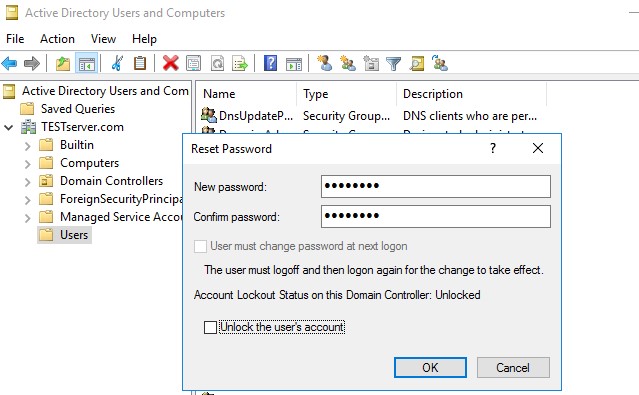Simplify User Onboarding with Seamless Active Directory Import Techniques
Simplify User Onboarding with Seamless Active Directory Import Techniques
Blog Article
Streamline Your User Import Process with Active Directory Tools
Controlling consumers in an Effective Listing (AD) environment is just a important job for IT administrators, and one of the very most popular operations is publishing people into the directory. Whether you're onboarding new workers or migrating from still another process, an effective and streamlined person active directory management tools for sustaining a wholesome and organized AD structure. In this step-by-step information, we'll walk through the most effective methods for publishing users in to Productive Listing, ensuring accuracy, protection, and efficiency.
Stage 1: Prepare the Individual Data
Before publishing users into AD, it's crucial to prepare the necessary data. That generally contains person titles, mail handles, phone numbers, sections, and other relevant attributes. The most effective practice is to use a organized structure, like a CSV (Comma-Separated Values) file, to prepare and store an individual information. Make sure that each column in the CSV corresponds to an AD attribute (e.g., First Title, Last Title, Username, etc.).
Pro Tip: Double-check the information for accuracy. Problems at this period can lead to problems through the transfer method and develop difficulties down the line.

Stage 2: Select the Right Transfer Process
There are several ways to import users in to AD, based on your preferences and available resources. For smaller steps, guide import using Productive Listing People and Pcs (ADUC) may suffice. However, for greater datasets, automation methods like PowerShell programs or third-party resources can save time and reduce errors.
PowerShell is among typically the most popular techniques for posting users. Using its effective scripting capabilities, you are able to import consumer data from CSV files and develop person reports in bulk. Also, PowerShell enables you to modify person qualities throughout the import method, rendering it ideal for complex environments.
Stage 3: Set Up Organizational Models (OUs)
Organizational Units (OUs) are accustomed to organize users within Active Directory. It's most useful exercise to create a well-structured OU hierarchy before publishing users. This can help improve administration projects such as party procedures, entry regulates, and reporting.
When importing customers, designate them to the right OUs centered on their department, position, or location. This not merely maintains your AD arranged but also ensures that certain group policies and permissions are applied correctly.
Step 4: Import the Customers
Once the information is prepared and OUs are put up, you can begin the transfer process. If using PowerShell, the software can see the CSV record and build individual records in AD based on the provided attributes. You can contain additional possibilities, such as for example placing password procedures, allowing accounts, or introducing people to specific teams, relying on your own organization's requirements.

Realization
Successfully importing users in to Active Directory involves careful preparing, accurate information planning, and the proper tools. By following that step-by-step information, IT administrators can ensure a smooth and structured import method, lowering errors, enhancing security, and maintaining a clear and structured AD environment. Whether using guide practices or computerized resources, the important thing to achievement is based on planning, confirmation, and continuous management. Report this page